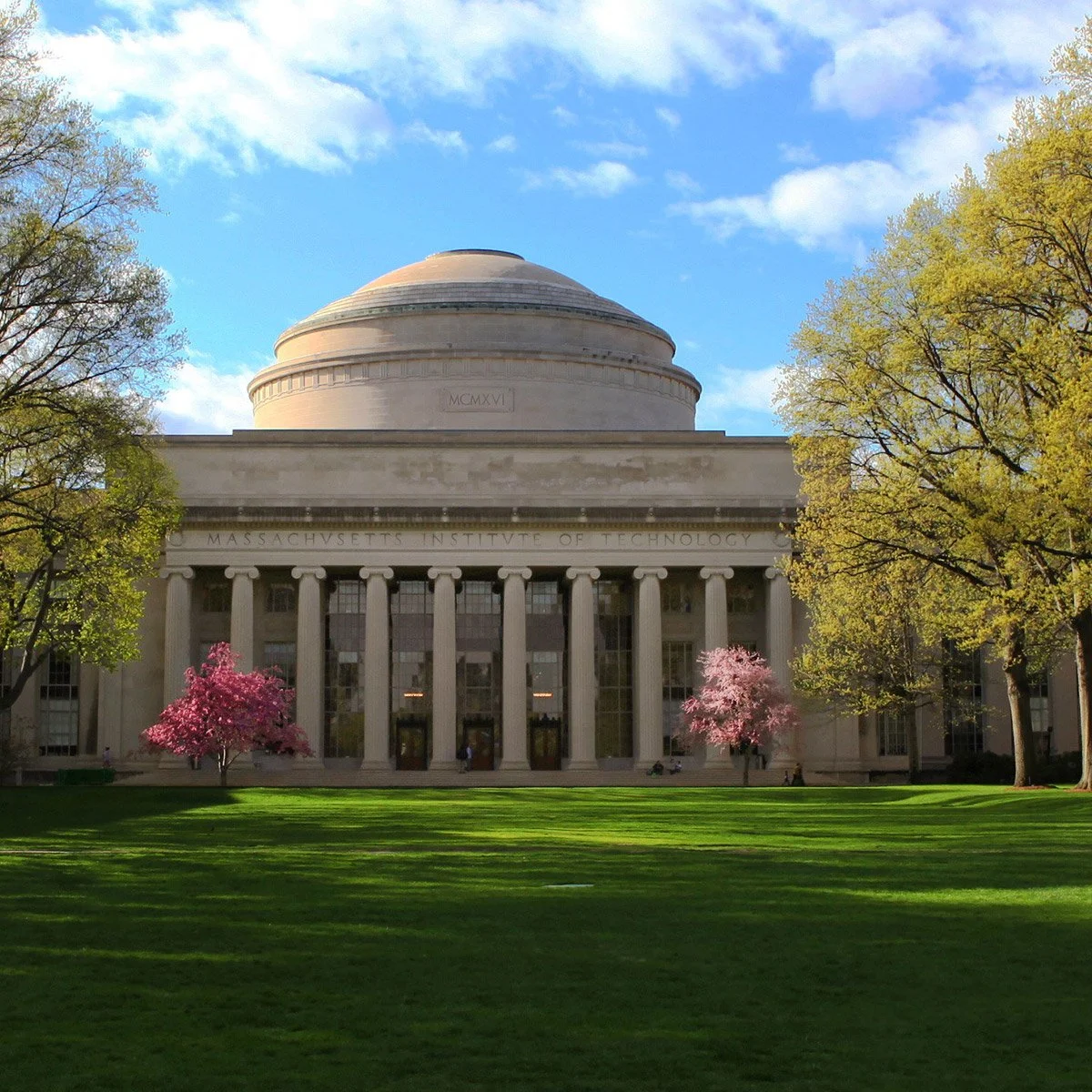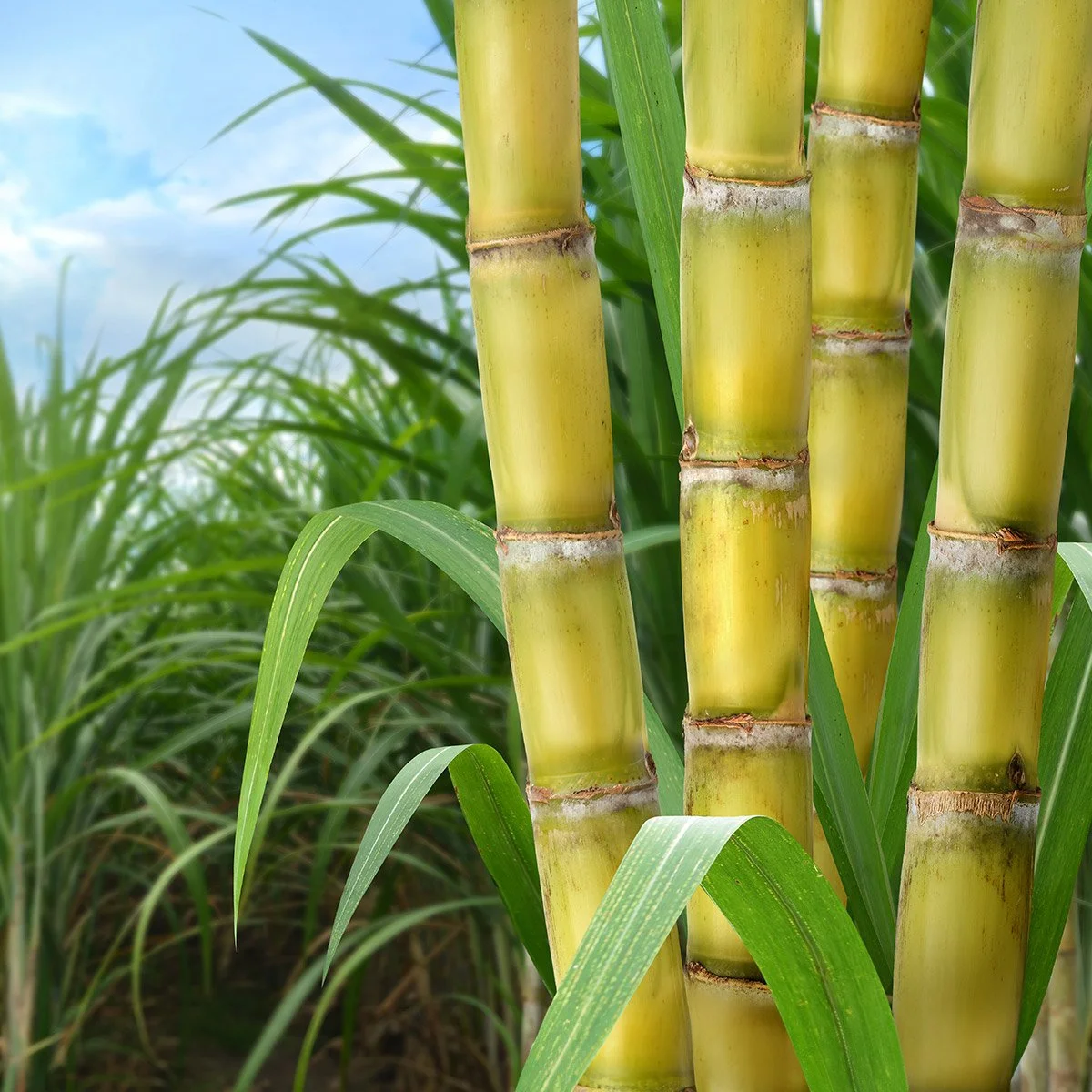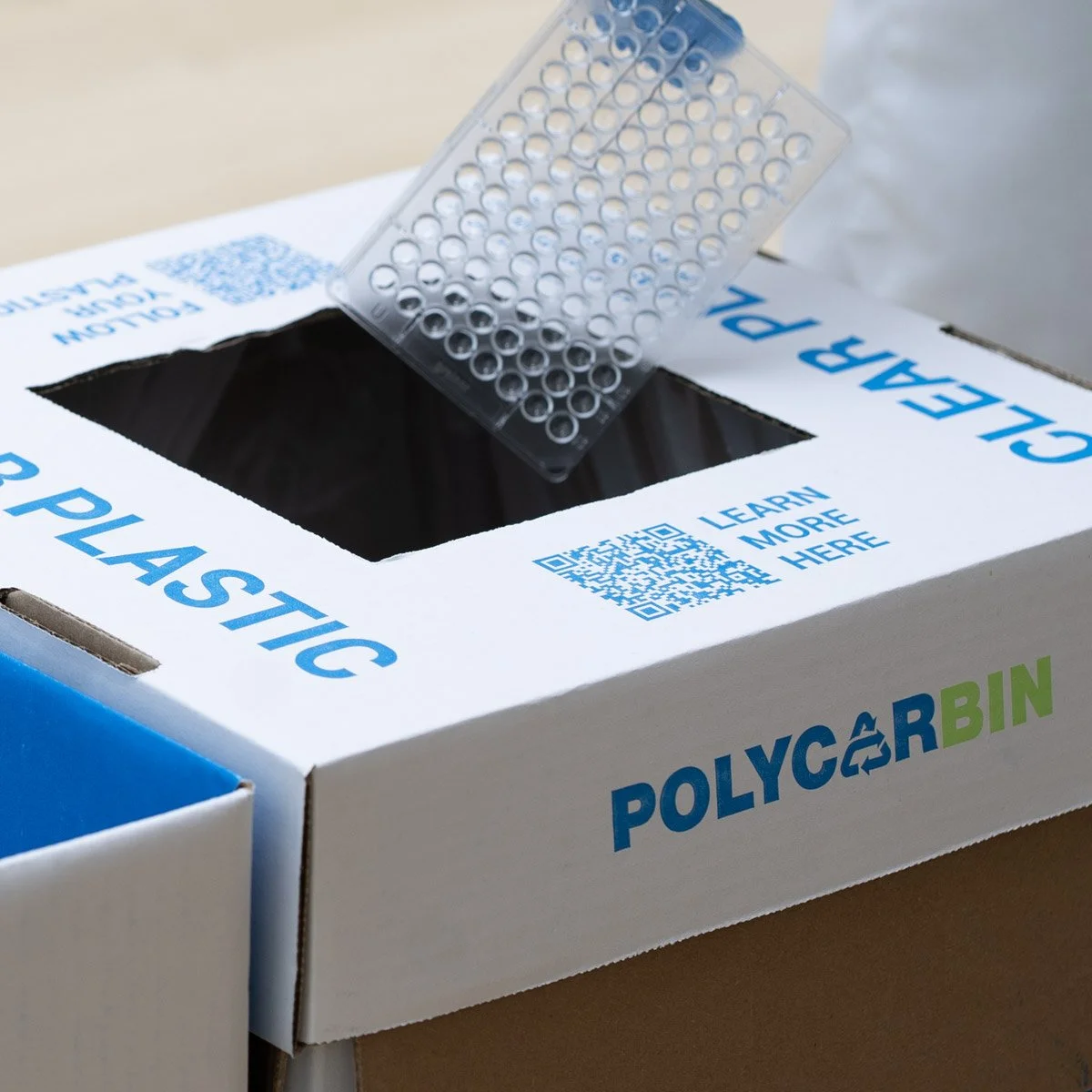Drosophila is strongly associated with scientific discovery, but this model organism also represents practical advantages for sustainability. When you look at the field you can’t help being impressed by the resources conserved by the approach.
Fly culture enables high-caliber science
Drosophila melanogaster is a model organism renowned for its efficiency among biologists. With a simple, well-understood, and fully sequenced genome, ease of genetic manipulation, an established toolkit, online resources, and hundreds of thousands of fly stock lines – it’s hardly surprising that there are over 1,800 fly research laboratories worldwide.
The efficiency of drosophila has played into a long and productive research pedigree as well as leading-edge research and industrial applications. Drosophilists have won Nobel Prizes for discoveries in circadian rhythm, innate immunity, genetic control of development, and earlier in the 20th century for fly mutagenesis by X-ray irradiation and the role of chromosomes in heredity.
Conversely, drosophilists are also technology vanguards – leveraging single-cell sequencing, imaging software, artificial intelligence software, AI models, robotics, and even virtual reality chamber platforms in fly labs. Hundreds of thousands of drosophila stock lines have been developed with a multitude of features to facilitate applications like human disease modeling, genome editing, RNAi, mapping, and many more. The versatility of Drosophila for modeling human disease is partially based on the fly’s estimated 75% functional homologs with human disease-causing genes (1) Datasets continue to expand. A comprehensive adult fly cell transcriptional atlas was published in 2022. The deployment of CRISPR-Cas9 editing in drosophila has opened the door to target generating desired fly phenotypes faster, for research projects and applied science. It’s a promising organism for plastic degradation modeling. Cancer drug discovery is another area of recent exciting advances. Drosophila has been used for high-throughput screening of FDA-approved drugs and personalized therapies (1). The fly is also being used to explore the basis of cognitive learning and memory. Drosophilists have developed behavioral, genomic, epigenomic, drug discovery, and biochemical assays with flies and cell lines, that incorporate automation. There are a ton of exciting projects being propelled by the humble fruit fly.
Fly culture is efficient
What’s impressive is that even as the science and technologies have progressed, Drosophila culture retains its accessibility for small projects and efficiency at large-scale.
Conventional fly culture can be set up relatively cheaply. Fly culture work is low maintenance compared to other animal models and cell lines. It’s typically done near room temperature, between 18 and 25 Celsius and ~60% humidity. Flies have a life cycle of about 10 days from egg to adult so large populations can be generated rapidly. Flies develop through stages at different rates based on temperatures, with cooler conditions slowing development, increasing body size, and extending the life cycle. Drosophila culture transfer can be performed about every two to three weeks. There is less handling time, space, and equipment required for fly work compared to larger animal models and mammalian cell culture. Fly media is less expensive than mammalian cell culture media in terms of required volumes and media components. Typical fly food media components include yeast, cornmeal, agar, sugar and benzoic acid. Contrast that with serum requirements for cell culture media or bacteria media containing animal origin protein hydrolysates. That feels like the right direction from a moral standpoint while reducing potential lot to lot inconsistences.
The scalability of Drosophila fly culture just might be its most intriguing sustainability virtue. The rapid reproduction with fly culture is less restrained compared to other expression model systems. Fly culture temperature requirements are lower at any scale. For example, CHO cell cultures used in bioprocessing die at the room temperature conditions that flies thrive at. When expressing recombinant proteins in E.coli, higher temperature 37C increases yields, while good protein folding and conformation improves with slower growth at lower temperatures. Larger expression scales utilize higher temperatures. Importantly, handling time and volumes of culture media are also less with Drosophila. The contrasts with widely used biomanufacturing platforms, makes Drosophila attractive for industrial applications.
Future Fields is a biotech in Canada that has innovated processes and equipment to enable massive scales at lower costs than bacteria and cell-based manufacturing. Their technology has advantageous for complex, difficult proteins. Again, the growth media requirements and temperature for expression are more efficient than mammalian CHO cell or E.coli culture. Future Fields is already offering recombinant, bioactive fibroblast growth factor 2 and prolactin. Future Fields has also teamed up with Jentera to develop drosophila for in vivo CRISPR therapy.
why the fruit fly caught my eye
Can you see why the sustainability of Drosophila work caught my eye? Curiosity drove me to investigate the sustainability aspects of fly work when I noticed research groups were incorporating greening practices to reduce their lab footprints. (Check out the green lab tip on the ways that fly labs go green.) It’s also interesting to think about this model system in context of another area with exciting potential, bioconversion using insects and food waste. If you love biotechnology and sustainable design, the potential of biomanufacturing with drosophila captures your imagination!
Thanks for being “labconscious”!
References:
Esther M. Verheyen. The power of Drosophila in modeling human disease mechanisms (2022) Dis Model Mech doi.org/10.1242/dmm.049549











